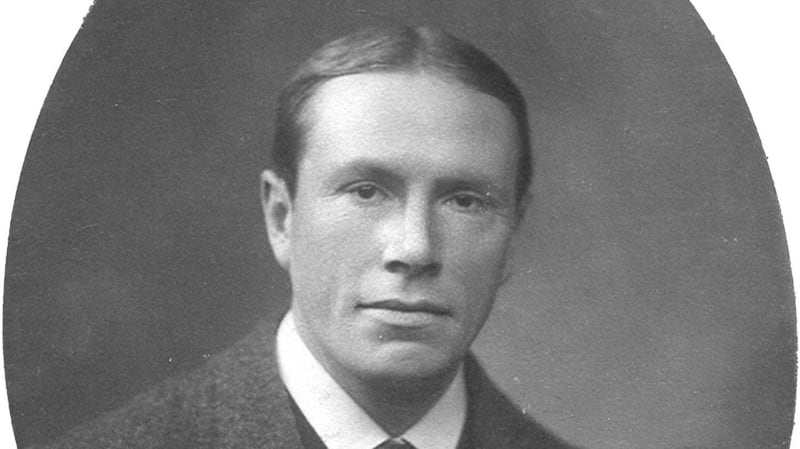Between heat and showers, my garden is looking rather healthy if a bit overgrown. Aside from the raspberries, the produce I most look forward to are peas. Sweet peas are already in bloom, providing a welcome flash of colour and scent while the edible peas are just reaching a few inches off the ground. Peas also remind me of Gregor Mendel who in my imagination is forever counting smooth and wrinkled peas, red and white flowers. It sounds like a pleasant way to spend the spring and summer.
You probably learned the story in school: Mendel, an Austrian monk, crossed edible pea plants with specific characteristics and from the statistical distribution of the traits of offspring proposed a model of inheritance that we still use. The paper was largely overlooked during his lifetime and later revived by British scientists studying heredity at the turn of the 20th century.
The story that you may not know is the origin of that little genetic table that Leaving Certificate students will likely have to fill out in their biology exams in the coming days. The table I refer to is of course the Punnett Square. I heard nothing about Reginald C. Punnett (1875-1967) in school, the man who bequeathed to the public this very useful way of predicting the traits of offspring based on the traits of their parents. What Punnett did was at least as significant an achievement as Mendel: he turned relatively complex statistics into a visual diagram that is now the basis of most school teaching of genetics.

Punnett, born in Kent, showed an early interest in natural history and cricket. He eventually ended up at Cambridge where he became engrossed in the study of zoology and an expert on nemertine worms. When he turned to an interest in heredity, he met William Bateson and they formed a collaboration that changed the direction of Punnett’s research. They became two of the foremost experimental biologists studying heredity and advocates for Mendel’s ideas. Punnett’s book Mendelism (1905) popularised these ideas to a wide public. Bateson and Punnett also founded the Journal of Genetics in 1911, Bateson having coined the term ‘genetics’ for the study of heredity in 1905.
What genetics researchers wanted to understand was the relationship between the “factors” for a trait passed on from parents and the trait as observed in offspring. Punnett explained it as a problem of trying to identify the traits of gametes while only being able to observe the traits of zygotes. Gametes are sex cells such as sperm and eggs that only contain half of the “factors” or genes for trait that a zygote (full organism) contains. Gametes do not have observable traits because they remain single cells and there was no genetic sequencing in 1905. Punnett and Bateson knew that in sexual reproduction both parents contribute a gamete to the offspring, but some of their traits disappeared in one generation only to reappear in a later generation. Sometimes new traits appeared that were not observable in either parent. How could this be explained?
The first Punnett Square appeared in Mendelism described as a “chessboard”; they only took on Punnett’s name several decades later. What the chessboard allowed Punnett and Bateson to do was to predict what proportion of offspring would inherit a potential trait from their parents. When they bred generations of organisms they could then check the observed traits against their mathematical predictions.
Their experiments suggested that many traits are controlled by more than two “factors” and thus Punnett squares allowed them to keep track of complex combinations of ‘factors’ leading to different traits in offspring. Mendel’s experiments explained the inheritance of simple either/or traits fairly well but did not account for traits in which there were more possible options.
In its simplest form a Punnett square presumes that each trait is inherited separately; in fact we know this is not the case and so did Punnett and Bateson. (Some genes for specific traits are on the same chromosome and therefore usually inherited together.) Despite this, a Punnett square is still a useful tool for visualising the relationship between the traits of parents and the traits of their offspring.
Juliana Adelman lectures in history at Dublin City University














